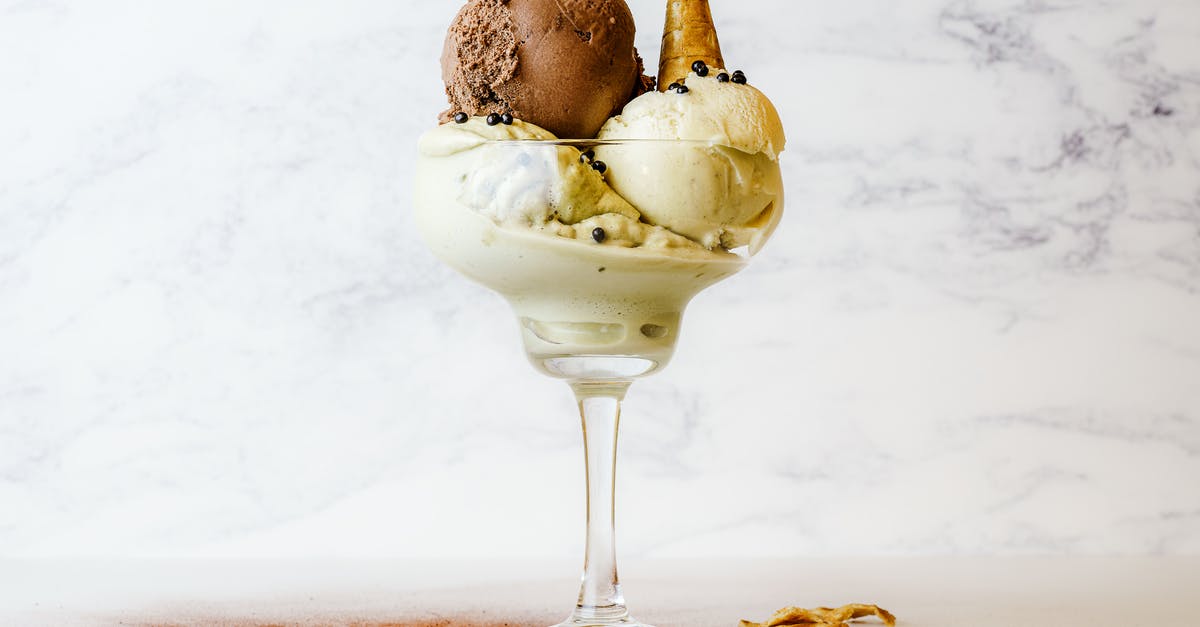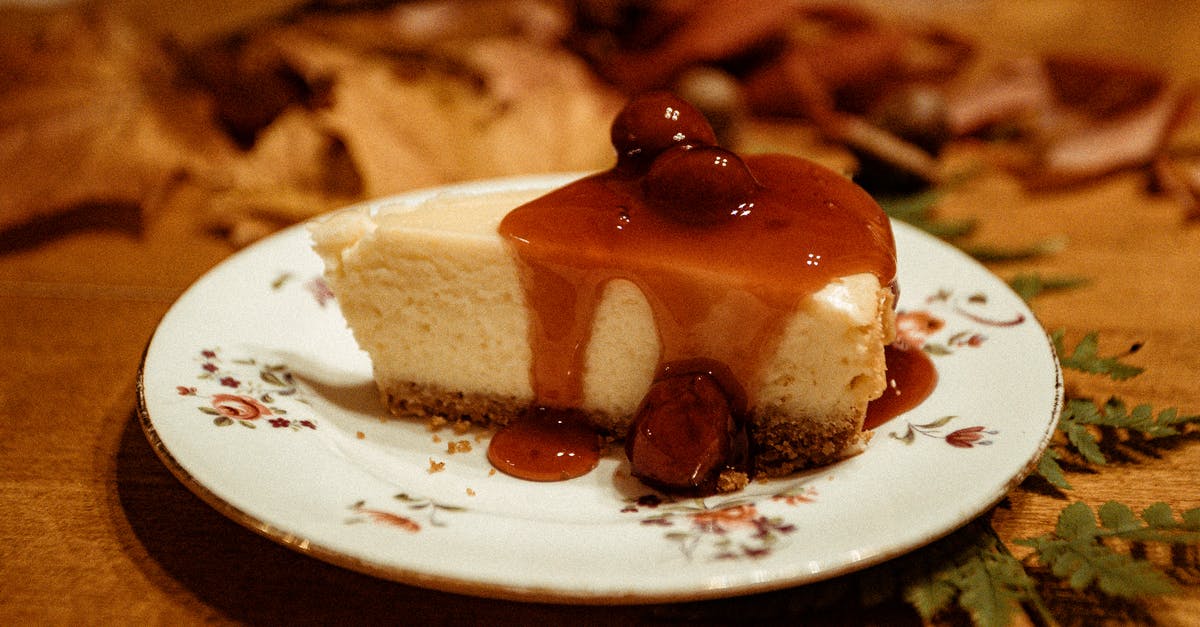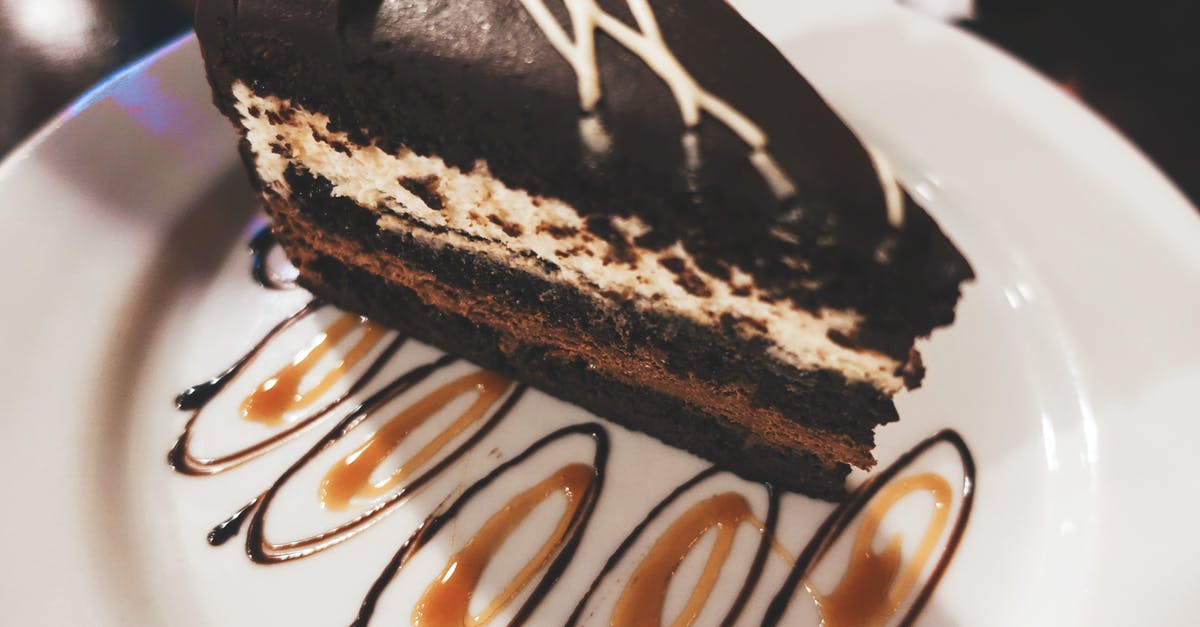Vanilla fudge attempts turn into caramel

I am absolutely addicted to making my own candies and confections, and I just adore making all kinds of fudge and truffles. However, I seem to have this issue whenever I go with a very simple recipe: vanilla fudge. I get caramel. Every. Single. Time. Don't get me wrong - it's delicious! But it's definitely soft caramels, not creamy vanilla fudge. Where am I going wrong?
Heat ingredients to soft ball stage *about 235. Remove from heat and pour into kitchenaid mixing bowl. Let sit til cooled to 110. Add vanilla and beat on low until mixed. Step up a speed, a minute at a time, until at medium high. Beat until no longer shiny. Pour into sheet pan to rest and set up.
Caramels. Every. Single. Time.
Help?
Best Answer
It's a somewhat long shot, but if I were you, I'd give it a try again, using another form of vanilla (maybe precook a pod in the milk, then scrape out the seeds and add them), no corn syrup at all, and pay attention to using sweet butter, not cultured butter.
Fudge is all about forming the right size crystals in the supersaturated sugar solution. From your description, no crystals form at all. This could happen if you inadverently invert your sugar (= split it into glucose and fructose). In home cooking, this is usually done on purpose with acid when making non-crystalized candy. So, just in case that either your butter or your vanilla extract contains some acid, I'd use the versions guaranteed not to have any, vanilla pods and sweet butter. It's not sure that they are doing something wrong, because butter in the supermarket is rarely cultured, and vanilla extract doesn't contain acid normally, but it's better to make sure.
On an industrial level, invert sugar is created with enzymes. While corn syrup starts out as starch and not sucrose, I can imagine their enzymes being able to split the fructose off the sucrose in your sugar too. I don't know what they do to the syrup exactly, and maybe the heat will deactivate the enzymes anyway, but I think it is worth a try to make it with pure sugar, so there is no source for enzymes to land in your fudge and invert it.
If none of these is the culprit, then I'm afraid the next likely explanation is the mechanics of the beating. But maybe it's not about the hand vs. mixer beating as such. It's possible that you've been stopping too early, or that changing the attachment used for beating will change the outcome.
Pictures about "Vanilla fudge attempts turn into caramel"



Why did my fudge turn into caramel?
Fudge often turns into a chewy caramel-like texture because incorrect temperatures were reached. The ideal temperature for the fudge to cook at is 232-234\xb0F (111-112\xb0C). Anything more or less will change the texture completely.Why does my fudge turn out like toffee?
Chewy and Gooey If you boil the fudge to a temperature lower than 232 F, your fudge will retain extra moisture, which can make it chewy or in extreme cases, prevent it from setting at all. If the temperature goes much beyond 234 F, the fudge's final texture will be hard, dry and crumbly.Is fudge and caramel the same?
Technically, fudge is highly grained caramel, with typically about 25\u201330% sugar crystal content. The numerous sugar crystals impart a softer texture than found in caramel.How do you make caramel fudge sauce?
DirectionsVanilla Fudge Recipe - In The Kitchen With Kate
Sources: Stack Exchange - This article follows the attribution requirements of Stack Exchange and is licensed under CC BY-SA 3.0.
Images: Sebastian Coman Photography, Wendy Wei, visionart.av, Just Another Photography Dude
